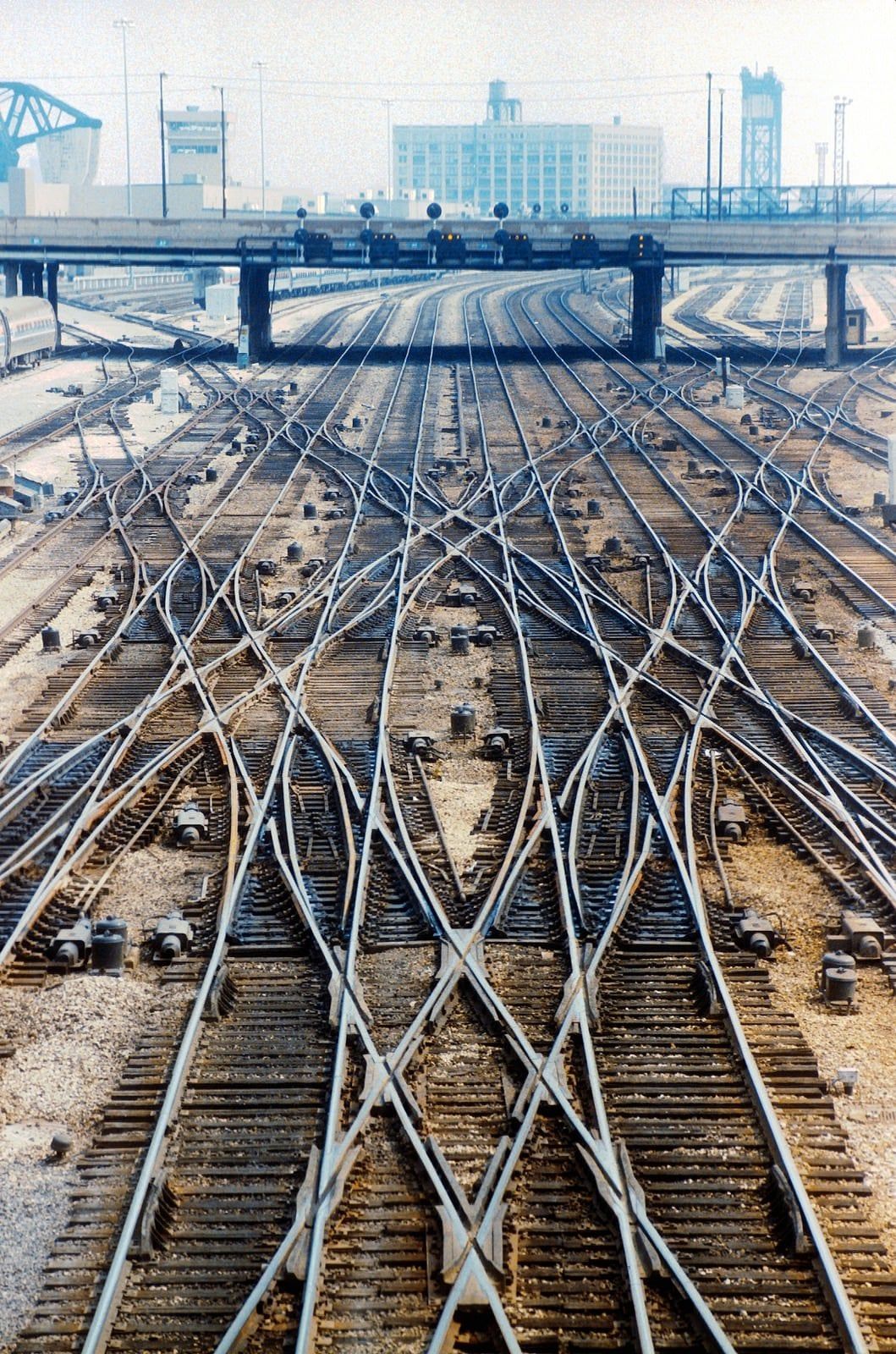"When you find a fork in the road...
-
Interesting. Wonder if there are a maximum and a minimum turning radii that trains and train tracks must design within.
@Axtremus said in "When you find a fork in the road...:
Interesting. Wonder if there are a maximum and a minimum turning radii that trains and train tracks must design within.
General Guidelines:
1. High-Speed Rail:
• Radius: 3,500 to 7,000 meters (11,500 to 23,000 feet) or more.
• Reason: High-speed trains require gentle curves to maintain stability and passenger comfort.
2. Conventional Passenger Trains:
• Radius: 400 to 1,200 meters (1,300 to 3,900 feet).
• Reason: Balances speed and track construction constraints.
3. Freight Trains:
• Radius: 150 to 400 meters (500 to 1,300 feet), depending on the train’s length and load.
• Reason: Freight trains can handle tighter curves at lower speeds but require more lateral clearance due to longer cars.
4. Urban and Light Rail:
• Radius: 15 to 100 meters (50 to 330 feet).
• Reason: Tight curves are common in urban areas to navigate city streets or tunnels.Factors Influencing Minimum Radius:
1. Speed: Higher speeds require larger radii to reduce lateral forces and ensure passenger comfort.
2. Superelevation: Banking the track (superelevation) allows for smaller radii at moderate speeds.
3. Train Length and Type: Longer trains need larger radii to prevent derailment or excessive wheel-rail wear.
4. Track Purpose: Freight tracks prioritize cargo capacity, while urban systems prioritize space efficiency.Engineering Examples:
• Japan’s Shinkansen (High-Speed Rail): Typically uses curve radii of 4,000 meters (13,000 feet) or more.
• European Rail Standards (UIC): Suggest a minimum radius of 150 meters (490 feet) for low-speed tracks and 3,500 meters (11,500 feet) for high-speed rail.
• Tight Urban Curves: Light rail systems, like trams, often use radii as small as 15 meters (50 feet) in city environments.

